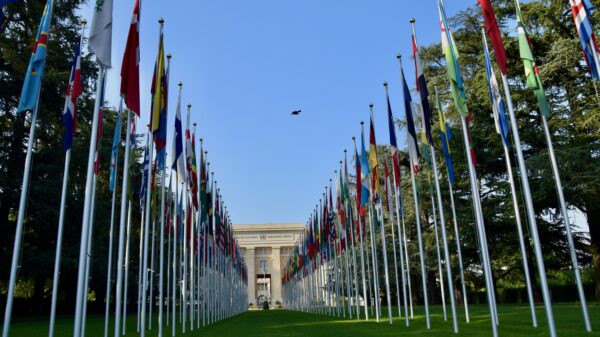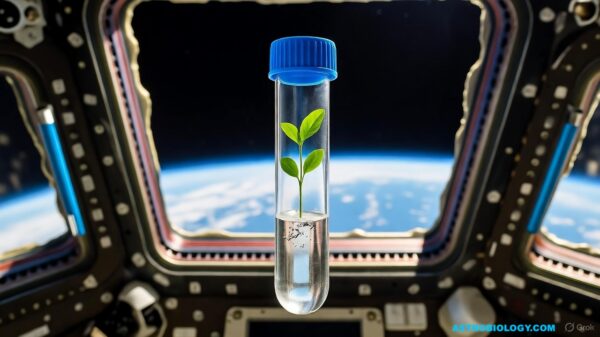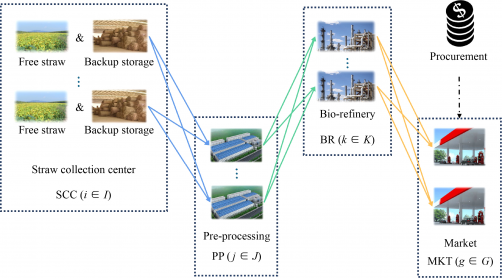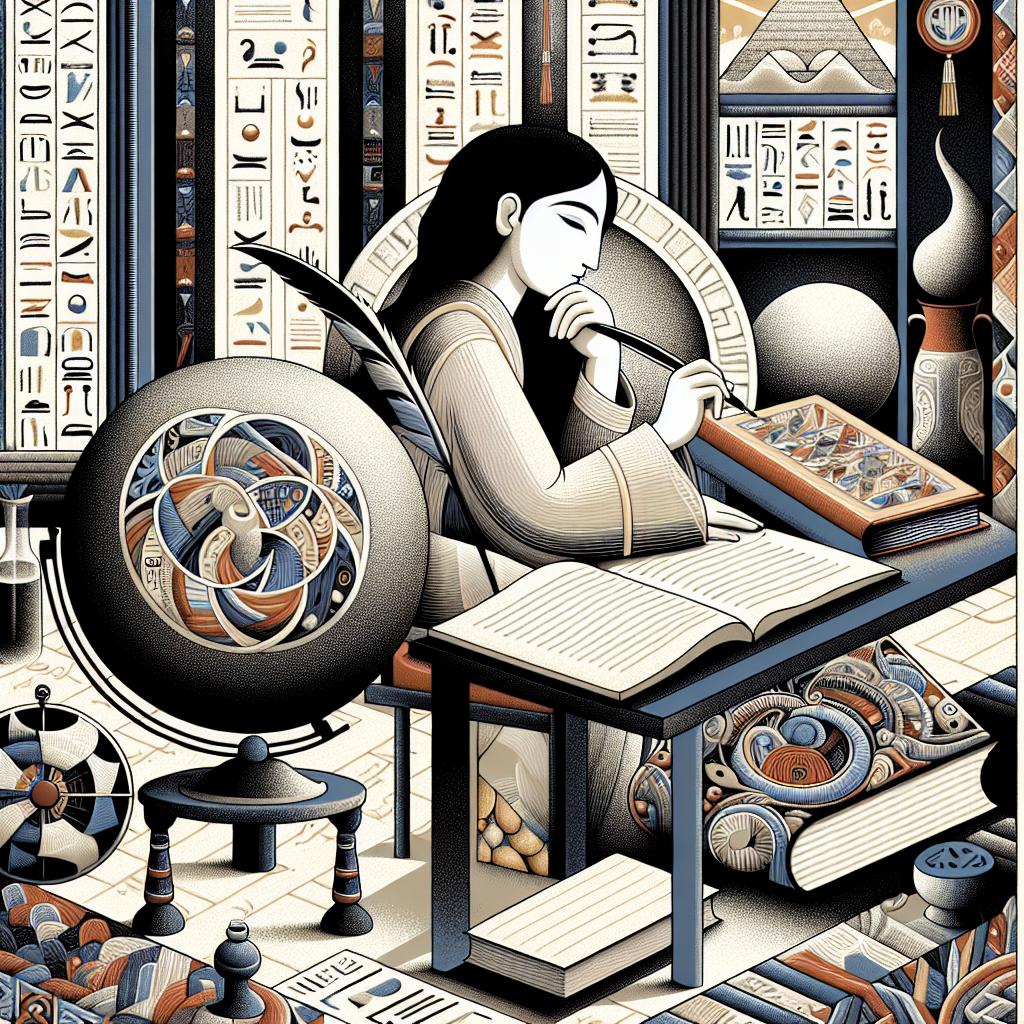Translation is more than a simple conversion of words; it acts as a crucial link between cultures, facilitating communication and understanding. As the demand for translation services grows in an increasingly interconnected world, mastering this skill has become essential. This article delves into the complex art of translation, highlighting the skills needed and the challenges faced by translators.
The Role of a Translator
At its essence, translation involves conveying meaning from a source language to a target language while preserving the original intent, tone, and context. However, the role of a translator extends far beyond this basic function. Translators must navigate cultural references, idiomatic expressions, and stylistic nuances that can differ drastically between languages.
Understanding these elements is vital for ensuring that messages are received as intended. For instance, a humorous phrase that resonates in one culture may not translate well into another, potentially leading to misunderstandings. As such, cultural awareness is a fundamental component of effective translation.
Essential Skills and Competencies
To become a successful translator, individuals must develop a range of skills:
Linguistic Proficiency: A deep understanding of both the source and target languages is crucial. This includes familiarity with colloquialisms and regional dialects, necessitating continuous engagement with both languages through reading, listening, and conversation.
Cultural Competency: Translators must thoroughly understand the cultures associated with both languages. This often involves researching cultural contexts, idiomatic expressions, and historical backgrounds that influence the text being translated.
Subject Matter Expertise: Many translators specialize in certain fields, including legal, medical, technical, or literary translation. Knowledge of industry-specific terminology and conventions is essential for maintaining accuracy and clarity.
Attention to Detail: Precision is critical in translation. Minor errors can significantly alter the meaning or tone of a text. Therefore, proofreading and cross-referencing are vital steps in the translation process.
Creativity: In some cases, a direct translation does not effectively capture the essence of the original text. Translators must employ creativity to convey the intended meaning while preserving the style and tone of the original work.
Advancements in technology have also transformed the field of translation. Tools such as Computer-Assisted Translation (CAT) software allow for more efficient translations by storing previously translated segments, promoting consistency across documents. Online resources, dictionaries, and databases further assist translators in their work. Despite these advancements, the human ability to understand context and nuance remains irreplaceable.
Translators often encounter various challenges, including tight deadlines, ambiguous texts, and the pressure to maintain semantic integrity. Ethical considerations are also paramount. Translators have a responsibility to respect the original author’s intent, avoid biases, and ensure accuracy, especially when addressing sensitive or controversial topics.
As the landscape of translation evolves, those who master this intricate art will not only serve as language experts but also as vital participants in intercultural dialogue. By embracing the complexities of language and culture, translators foster empathy and connection in a globalized society.
In conclusion, the transformative power of translation lies in its ability to bridge cultural divides. As communication continues to thrive across borders, the role of the translator becomes increasingly significant. Those who commit to mastering this art will find themselves at the forefront of promoting understanding and collaboration in an ever-changing world.

































































